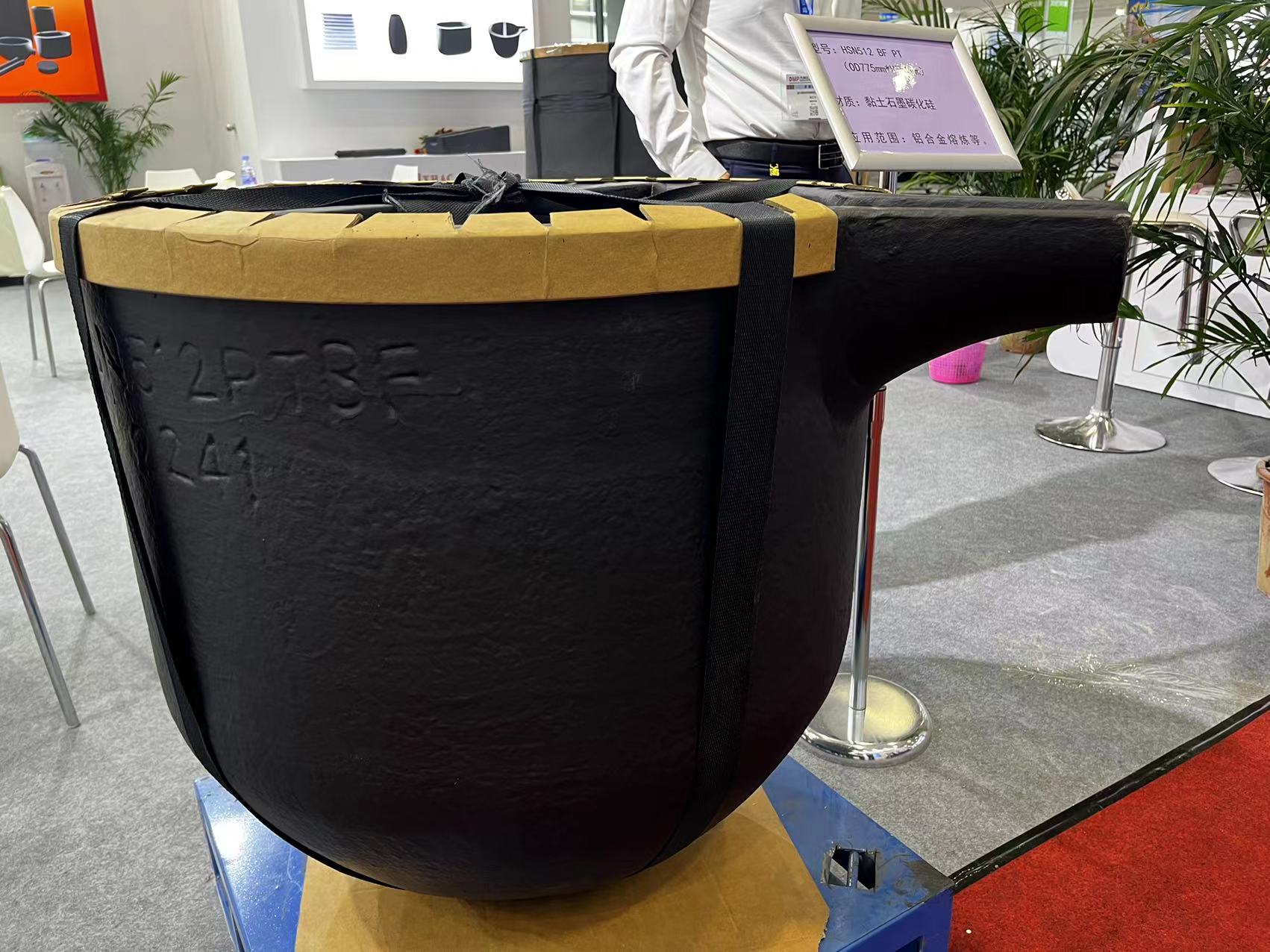
Introduction: Clay graphite crucibles play a pivotal role in metallurgical processes, but their compatibility with induction heating has been a subject of inquiry. This article aims to elucidate the reasons behind the inability of clay graphite crucibles to efficiently undergo induction heating, providing insights into the science behind these limitations.
Composition and Role of Clay Graphite Crucibles: Clay graphite crucibles are commonly employed in high-temperature applications due to their unique composition, which includes clay and graphite. These crucibles serve as containers for melting and casting metals, offering excellent thermal conductivity and resistance to thermal shock.
Challenges in Induction Heating: Despite their advantageous properties, clay graphite crucibles face challenges when subjected to induction heating processes. Induction heating relies on electromagnetic induction, where an alternating magnetic field induces eddy currents within the material, generating heat. Unfortunately, the composition of clay graphite crucibles hinders their response to these alternating magnetic fields.
1. Poor Conductivity to Electromagnetic Fields: Clay graphite, being a composite material, does not conduct electricity as effectively as metals. Induction heating primarily depends on the material's ability to generate eddy currents, and the low conductivity of clay graphite limits its responsiveness to the induction process.
2. Limited Permeability to Magnetic Fields: Another factor contributing to the inefficiency of clay graphite crucibles in induction heating is their limited permeability to magnetic fields. The clay content in the crucible disrupts the uniform penetration of the magnetic field, resulting in uneven heating and reduced energy transfer.
3. Losses Due to Graphite Content: While graphite is known for its electrical conductivity, the composite nature of clay graphite crucibles leads to losses in energy transfer. The graphite particles dispersed in the clay matrix may not align efficiently with the magnetic field, leading to energy losses in the form of heat within the crucible material itself.
Alternative Crucible Materials for Induction Heating: Understanding the limitations of clay graphite crucibles prompts exploration into alternative materials better suited for induction heating. Crucibles made from materials with higher electrical conductivity, such as silicon carbide or certain refractory metals, are preferred for applications requiring efficient induction heating.
Conclusion: In summary, the inability of clay graphite crucibles to undergo effective induction heating arises from their poor conductivity to electromagnetic fields, limited permeability to magnetic fields, and losses associated with the graphite content. While clay graphite crucibles excel in many metallurgical applications, alternative materials may be more suitable when induction heating is a critical factor. Recognizing these limitations aids in making informed choices for optimal crucible selection in diverse industrial processes.
Post time: Jan-15-2024
